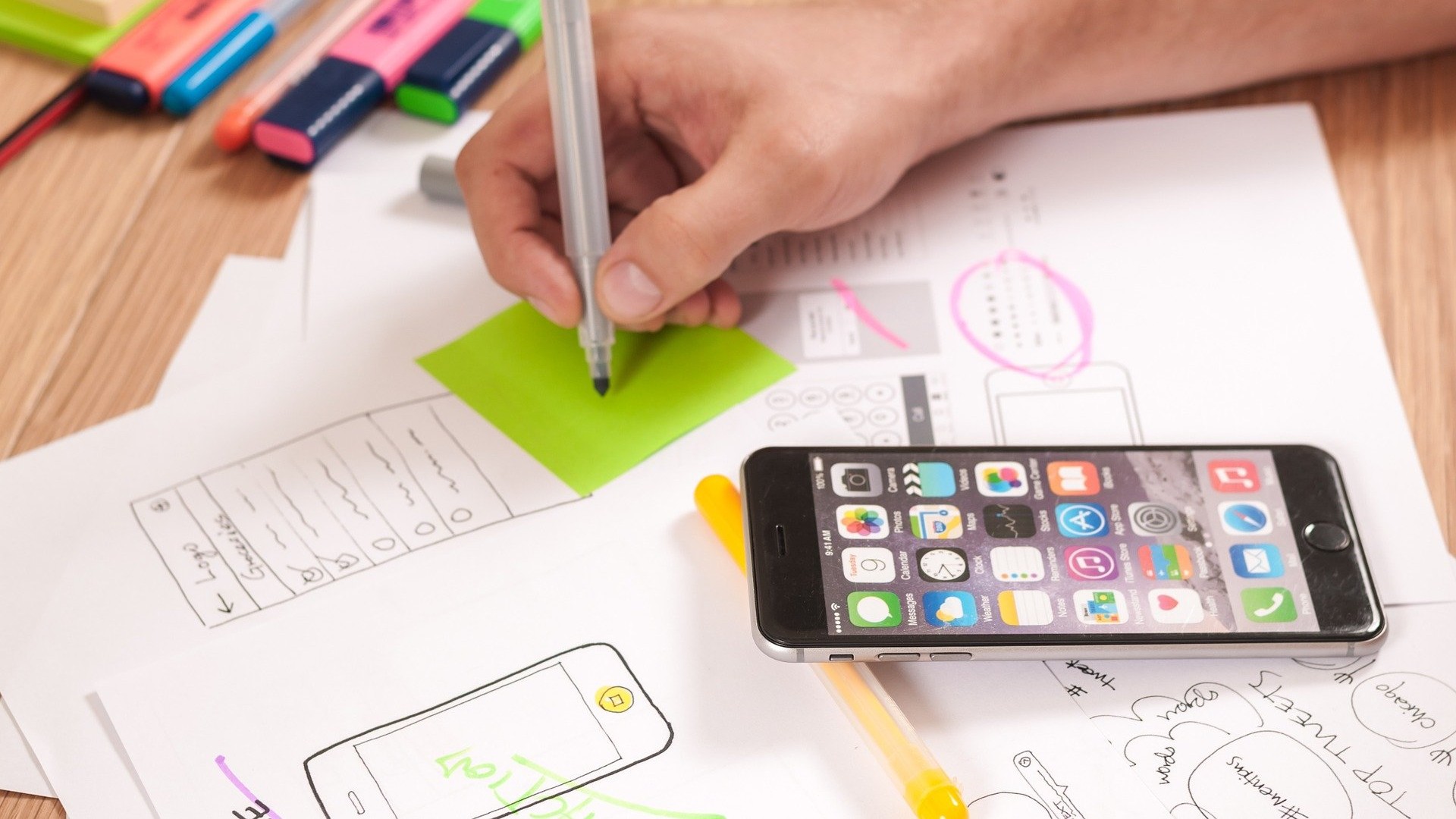
An Ultimate Guide to Writing a UX Design Proposal, by Jessica Fender
Business owners must not underestimate the importance of UX Design for their business performance. Believe it or not, for every dollar companies invest in UX results, they can potentially get a $100 return. In other words, businesses will manage to reach 9900% ROI.
Unfortunately, no one guarantees you will manage to help them achieve the same results with your skills and knowledge. Delivering an excellent user experience all the time requires hard work, patience, and a lot of planning. If you want to constantly have innovative UX solutions and help stakeholders understand the entire project you are working on, writing a UX design proposal (some people call it a design brief) is a must-do thing.
Understanding the UX project is essential for all parties that participate in the project. In other words, stakeholders (just like designers) need to understand the problem that requires improvement. Despite that, UX designers need to clearly explain all the solutions they offer and the reasons why they believe certain actions will help entrepreneurs will reach their goal.
Still, writing the UX design proposal is not always an easy task. There are many details you need to cover, and forgetting only one of them can reduce the quality of your work. Because of that, let’s find out all the stages you need to pass through to complete this document properly.
Everything Starts with a Meeting!
Don’t even try to start writing the UX design proposal before talking about the entire project with your client. The client needs to explain the problem he has in detail as well as the requirements and goals he has.
However, things are not as simple as they may seem in theory. Keep in mind that clients are not your mentors. Their ideas do not always necessarily have to be good. Of course, your goal should be to meet their requirements, but you must convince them that your solutions are going to bring much better results.
Anyway, after you end the initial meeting, it is the right moment to take a piece of paper and start writing. Write down the overview of the entire project and the problem, all the business objectives, the product’s context, and the project’s goal. All these pieces of information will guide you to the most appropriate solution.
Bonus Tip: Don’t Talk about Money
The initial meeting is not the moment when you should talk about the price of the entire project. You need to fully understand the problem that your client has before you set the price. In that way, you won’t underestimate the complexity of the entire project. Instead of that, explain to your client that all projects require a different approach, and tell him that you need to make more analysis before determining the final price.
Learn How to Become a UX Designer with Total Training!
Write Down the Project Approach
After both sides define the problems and goals together, writing the “Project Approach” section is the next task. It is the longest part of the document where you need to clearly explain how exactly you plan to solve a particular problem.
Saying something like “I will improve overall UX” is not going to be enough. The client will look for proof that your idea is reachable. Because of that, use different deliverables such as competitor analysis, personas, wireframing, user flow, and others to confirm your claims. However, the insights clients will look for are not always going to be the same. You can check out this link to see all types of deliverables that are suitable for different types of UX design projects.
The project approach can sometimes be confusing for the reader because it contains a lot of pieces of information. That is the reason why you can divide all the deliverables into different stages and try to make them more eye-pleasing. Despite that, using different confusing phrases is not going to help a lot. If your writing skills are not at the highest level, you can also look for copywriting services and try to become a better writer in that way. Experts already know which things you need to improve to boost the readability score of your design proposals. You can also check out the example below to see how the Project Approach section should look.
UX Design Essentials – Online Course – Get it Now!
Don’t Forget about Assumptions
Some UX designers write assumptions under the Project Approach section. However, you can create a new heading as well in case this part of the document is a bit longer. Assumptions are nothing more than events that will potentially occur during the project period. These events usually come with no pieces of evidence that confirm something could potentially happen. That is the reason why UX designers name them “assumptions”.
A design brief without assumptions will not allow you to make progress over time. Logically, not all pieces of information are going to be available to you before the project begins. Because of that, you will need to share some predictions, potential concerns, and personal opinions.
For instance, you can assume that the prototyping development phase will not last longer than 3 weeks. Despite that, you can also say the same phase will require additional research at least once a week during that period.
You need to explain to a client through the document that assumptions can change over time. For instance, after one week of working on a project, you may conclude the prototyping development phase will last 4 weeks instead of three because you realized the problem is a bit bigger than you primarily thought. Changing them is okay, and the client should not get upset because of that.
UX Project Timeline
Understandably, you will use different methods to impress your client and convince him that you and your team are the perfect choices for his requirements. There are many ways how you can do that. For instance, you can show him your previous projects, statistics that confirm your solutions are effective, testimonials of previous customers, etc. However, do not try to impress him with tight deadlines; you will only make the entire project more challenging for yourself.
Stay realistic! Some parts of the project probably require more energy and work. There is no need to rush if you want to show your talents and creativity properly. You can use different project scheduling tools and check out in that way how long the entire project will potentially last.
The structure of this section should be simple and eye-pleasing. You should divide the entire project into milestones and write down how long each stage will last. Use the example below as an inspiration.
Budget for the Entire Project
The section of the UX proposal about the budget is short but complex. UX designers often underestimate the value of their work. They are afraid that there is someone else who will offer a more affordable price. Because of that, they usually reduce the costs of the project and try to attract the client in that way.
Don’t do that! There is no reason to be afraid to quote a realistic fee even if your services are a bit more expensive. The client is not only paying for your time; he also pays for your expertise and experience. These are all factors that directly influence the price you should offer and it is recommendable that you put them into consideration.
Go to Proposal Once Again
Before you present a proposal to your client, you should double-check everything. Check out whether the pieces of information you shared in the document are clear and simple. Despite that, check out once again whether the solutions you offer are the most effective ones. The clients don’t just spend their money; they also give you their trust and believe in your expertise and experience. That is the reason why you must not betray them.
How to Present a Proposal & Sign the Contract?
When you complete your part of the job, presenting the proposal is the next thing you need to take care of. One option you have is to send the document by email to your client. However, presenting your proposal in person may be more effective than simply emailing it. You will once again get the chance to hear the goals that your clients have and check out whether your solutions will manage to reach them. If you see something is missing, you can easily change it or upgrade it together with the client.
It can also happen that some parts of the document are unclear to the client. Because of that, he may have some additional questions, and answering them in person is probably much easier for both of you.
Learn UX Design Principles & Application with Total Training!
Final Thought
Being a UX designer is a big responsibility. Entrepreneurs believe that your solutions are going to help them improve the performance of their business. Because of that, don’t hesitate to get out of the box and offer multiple solutions when that is possible.
Try to cover all the details of the process and make them easy to understand and clear for all the people that are reading it. Using professional terms and confusing sentences won’t help a lot if your clients are not familiar with UX terminology (and industry in general). Despite that, use bullet lists, images, infographics, headings, or anything else that can make the entire document eye-pleasing. These tiny details sometimes matter a lot!
Author’s bio. Jessica Fender is a copywriter and blogger at OKDissertations with a background in marketing and sales. She enjoys sharing her experience with like-minded professionals who aim to provide customers with high-quality services.















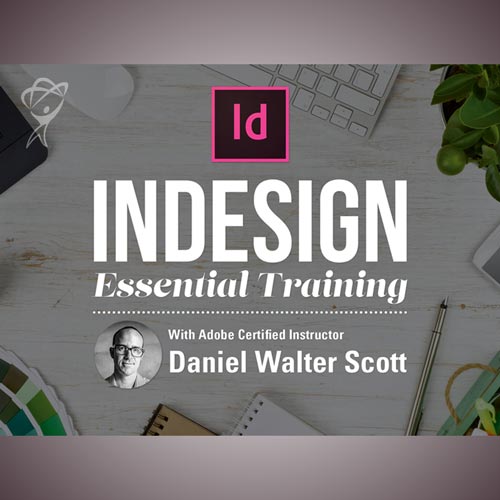
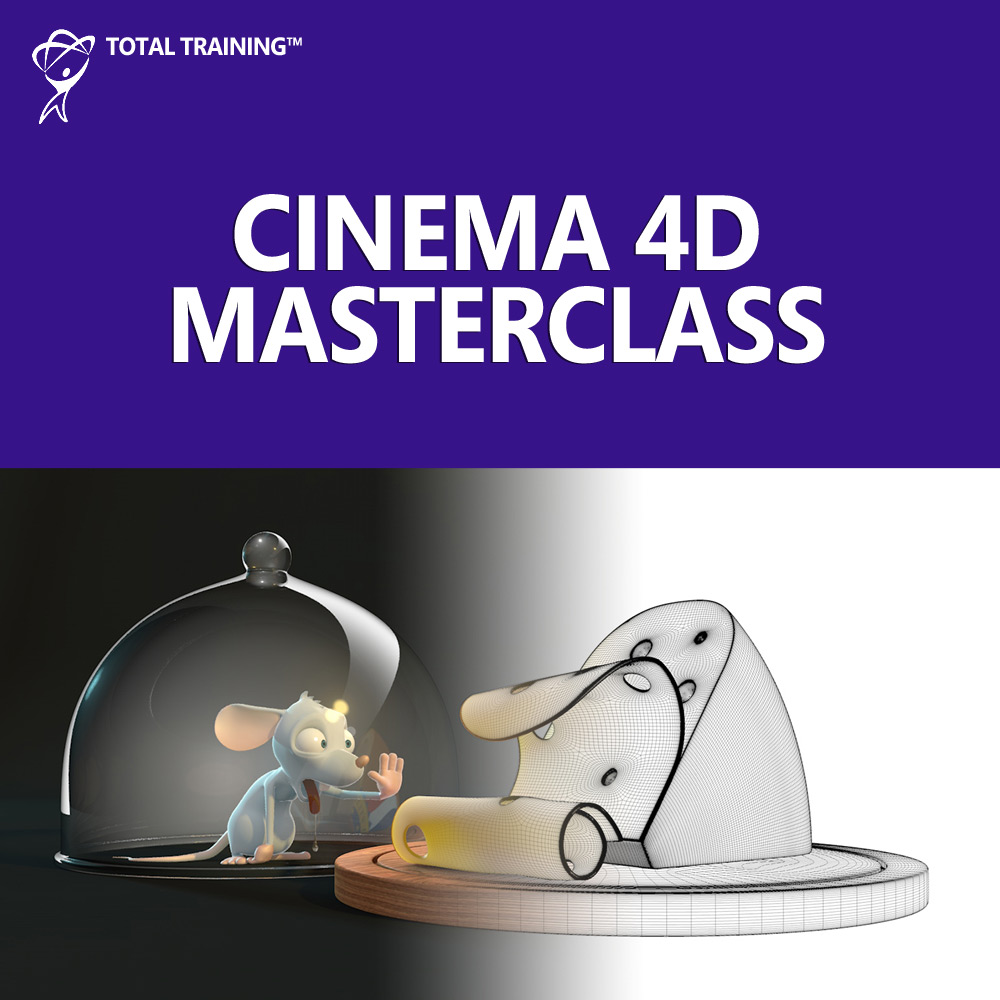


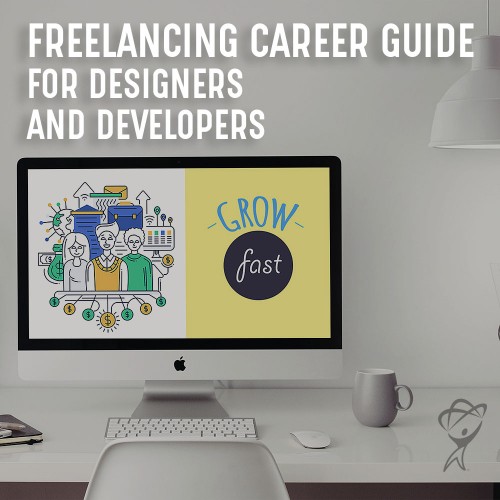
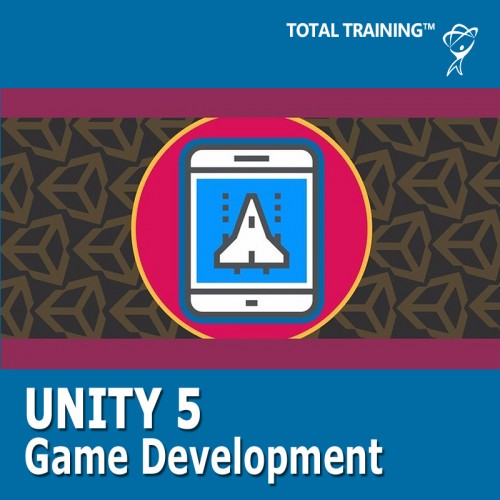



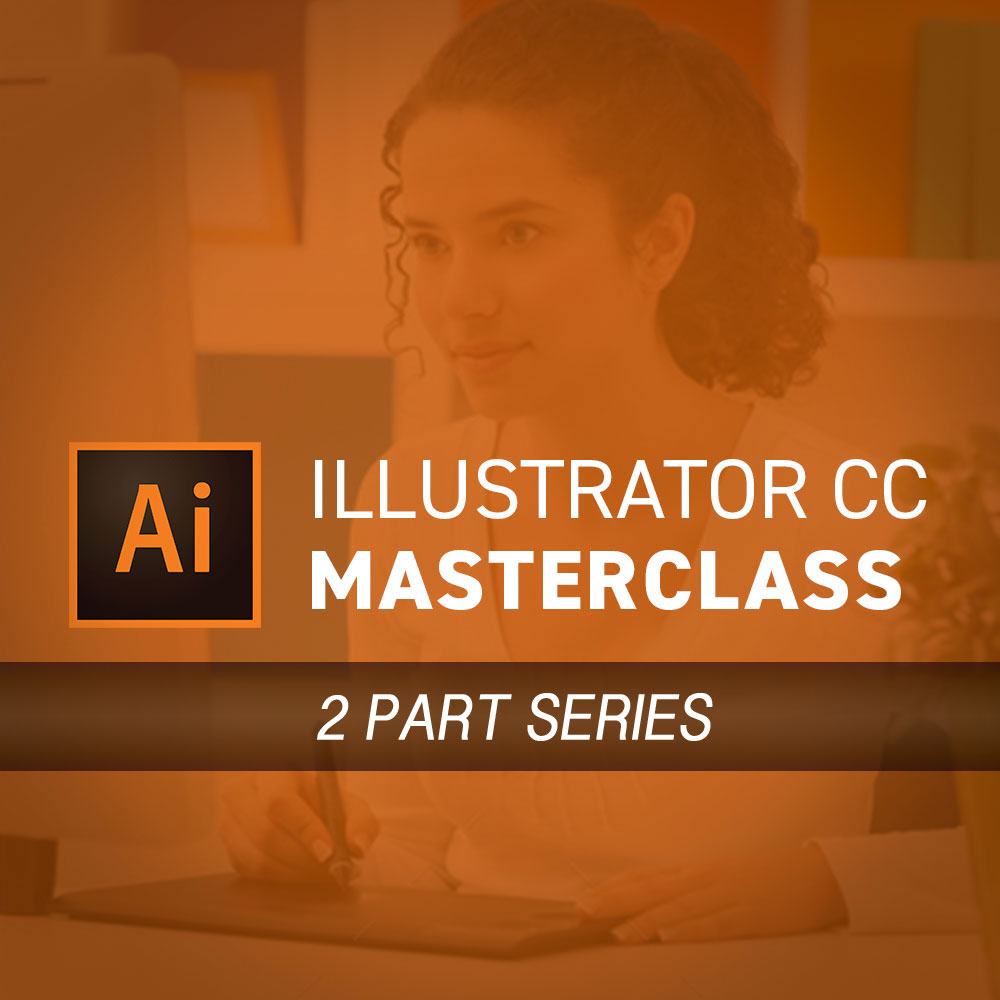



Leave A Comment